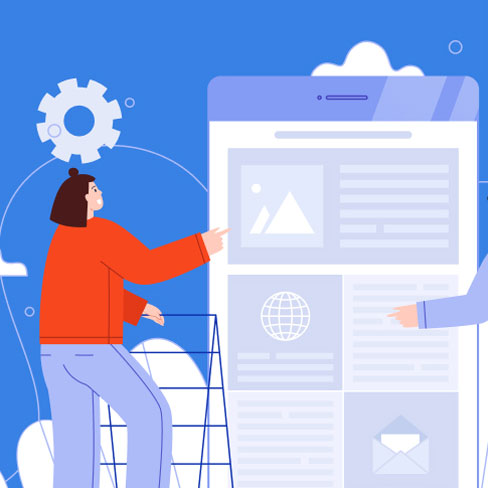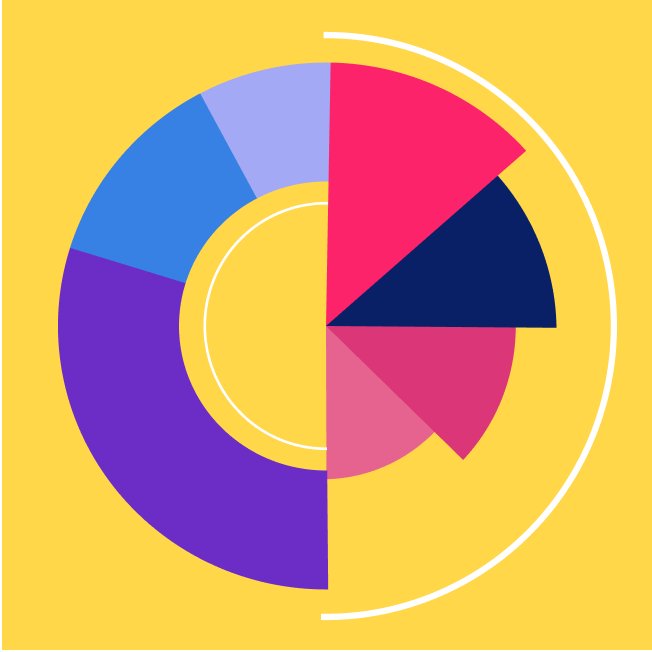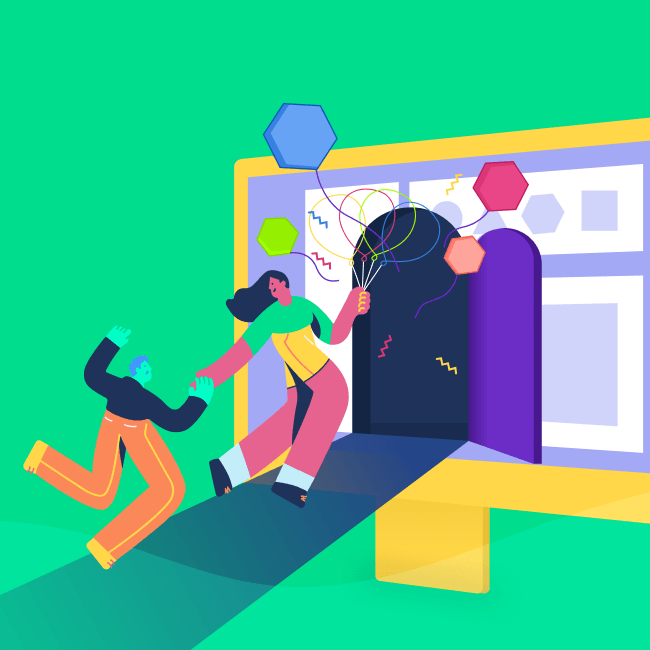Personalization of user profiling to increase lead gen, user engagement, loyalty for lifestyle and beauty brands
October 22, 2020 | Read Time : 3 mins
Table of Contents
Personalization has become a significant aspect in designing for user experience, especially in today’s age of digitalization. It is a strategy now used by many lifestyle and beauty brands as well. Creating a personalized user experience, in this case, it is what works best to provide a sense of individuality among customers.
What is a personalized user experience?
Personalization of user experience is a process that allows a product or service to fit seamlessly into a user’s lifestyle—personalizing enables a user to select the specifications that would only apply to them. Because every customer is unique and has their own user experience, personalization enhances that experience for them. It is not about creating a one-size-fits-all type product but one that varies from person to person.
Examples of some beauty and lifestyle brands that provide personalized user experiences


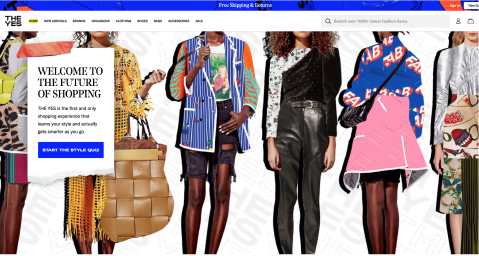
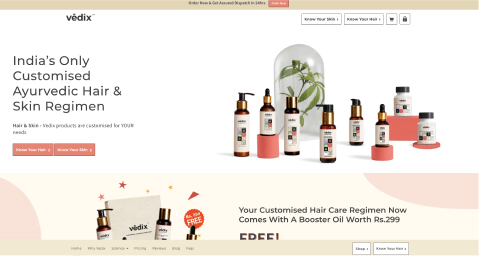
Customization vs personalization
A fundamental definition of these two terms can be; the user does customization, whereas personalization is done for the user.
In customization, users are asked to identify their preferences, following which they are shown the products they prefer. Customization refers to the changes that users make to an operating system application or website by modifying settings.
An example of this is Netflix. While signing up, Netflix asks users to select a bunch of shows and movies that fit their genre palette and then show them similar content.
Personalization aims to enhance the user experience by meeting their customer needs. It uses data points about the user to increase user relevancy. Personalization is something applications do on behalf of the users. Personalization uses basic demographics, behavioural patterns, and buying preferences to craft a marketing experience for a specific target audience.
An example would be personalizing beauty products to your exact liking or preferences. The main goal of personalization is to deliver content and functionality that matches specific user needs and interests.
Why does personalization matter?
According to Statista 90% of US customers find marketing personalization very or somewhat appealing. Personalization has been called the future of UX by Forbes.
On a lifestyle or beauty site, customers may be looking for something but they might be shown completely different things. This is where personalization comes in and offers them the freedom to personalize products based on what their concerns are.
These could be size or hair type or skin type and skin goals. Each customer is different and it is the goal of UX to provide each of them with what they need.
Personalization helps boost aspects such as improving user engagement, driving more leads and increasing brand loyalty. Personalizing based on intent leads to the root cause of personalization.
A few key reasons as to why personalization matters are listed below:
Positive Customer Experience
The most predominant advantage of having personalization in e-commerce is that it provides a positive customer experience, which will, in turn, increase the chances of users coming back and hence build a long-term relationship with customers.
Selective Attention
Personalization allows brands to provide an e-commerce experience in curated products and targeted ads that can draw the selective attention of users. Taking control of the right incentive in your brands, like highly personalized products and advertisements, can also increase the purchase rate.
Easing Information Overload
Personalization also reduces information overload. Instead of having customers bombarded by 100 things that they don’t care about, personalizing makes sure they are shown fewer things but more relevant to what they are interested in.
Giving Customers the Control
The human desire to have control is one of the reasons why personalization is so successful. Providing a personalized experience to customers allows them to think that they have control over their buying. Customers having control is a buying factor that can positively influence their purchasing behaviour.
What are the benefits of personalization in e-commerce?
Earlier it used to be as simple as walking into a store and asking a worker to recommend a product suited to the customers’ concerns. In this modern age of the digital era, e-commerce personalization is where it’s at.According to Epilson, 80% of customers are more likely to purchase from a brand that provides a personalized experience.
While walking into a store remains an option, personalizing an e-commerce experience would only bring more customers.
Let’s look at some advantages of personalizing e-commerce experiences :
Improved Customer Experience
e-commerce personalization helps build a long-term relationship with customers through personalized ads and products. Allowing customers to be a part of the design process to decide what their product would look like gives them a personal and intrigued experience.
Increase in Profit Margins
Customers will be ready to pay for a more personalized facility. They understand that businesses require a dedicated team and resources for personalized product development.
Ensure Customer Loyalty
A personalized user experience ensures customers that their voices and choices are being listened to hence making them feel special and letting them know that the company actively listens to them.
Get Customer Insights
Paying attention to what and how customers are customizing their products will give you an idea of what they are looking for and where you might lack as a brand. Analyze customers’ preferences and their likings and use the data to offer products based on them.
Increase in Average Order Size
With specific related information made available to customers, there is a higher chance of them engaging with the site or app and, in turn, buying more per visit.
How does personalization improve Lead Gen?
In lead generation for e-commerce, a lead is someone who shows interest in your products or services. Ecommerce lead generation is a crucial part of creating success for your business. According to a study by Demand Gen, leads who are offered targeted content produce a 20% increase in sales opportunities.
Personalizing offers, content, and products that are catered to users’ interests and actions makes it an ideal method to drive them down the customer pathway. The quality of leads gives an idea of how likely they are to become customers. Leads tend to come back to your brand if they think you understand their pain points.
How can this also help in User Engagement?
With the rapid growth of the internet, there is a big focus on increased human interaction in digital spaces, especially for personalization.
Personalization has proved to engage users more effectively. When users recognize products and services as personalized, it creates a sense of identity and connectedness.
Designing for personalization means incorporating various factors, from sharp visual elements to strong UX copywriting to create a connected experience that keeps users engaged. Personalized expertise allows brands to deliver targeted messaging and products, which helps increase user engagement and build customer relationships
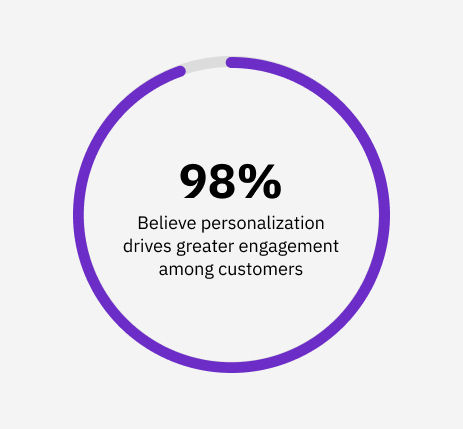
How can brands provide a personalized user experience?
Keeping customers happy and loyal requires a fine blend of optimizing your product offering and customer experience.
- Personalised Welcome
Creating personalized homepages is the front door to your brand. It is up to you to greet them in the best way possible. Online stores can understand customer behaviour even with one visit, which should be seen as an advantage.
- Offer Personalized Guides
Providing on-site assistance like size guides, quizzes, and style guides to your customers would help you understand them better and help users make better buying decisions.
- Understanding your audience
Understanding customer needs is the essence of personalization. Satisfying customer expectations requires a blend of technology and the proper knowledge necessary to do so.
- Personal recommendations
Product recommendations based on what your customer has been looking at or buying will constantly keep customers engaged and make them want to return. Incorporate product recommendations in emails.
Gather as much data as possible and use this to fuel your personalization strategy.
This way, you can understand customers, set goals and targets, and eventually even meet them. Understand where and how to personalize your brand site.
When it comes to lifestyle and beauty brands, it is essential to look at each customer individually. Customer likes and dislikes are unique in their way, and products need to cater to these unique needs accordingly.
Below are few examples of various personalization techniques
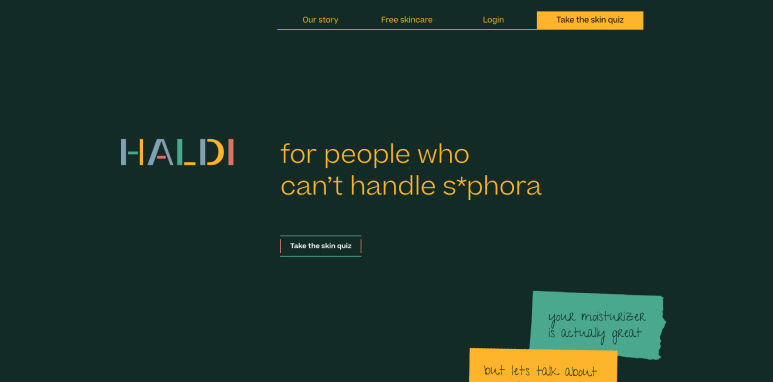
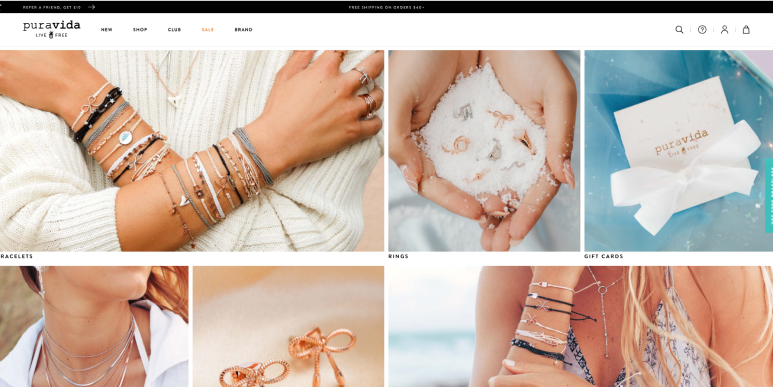
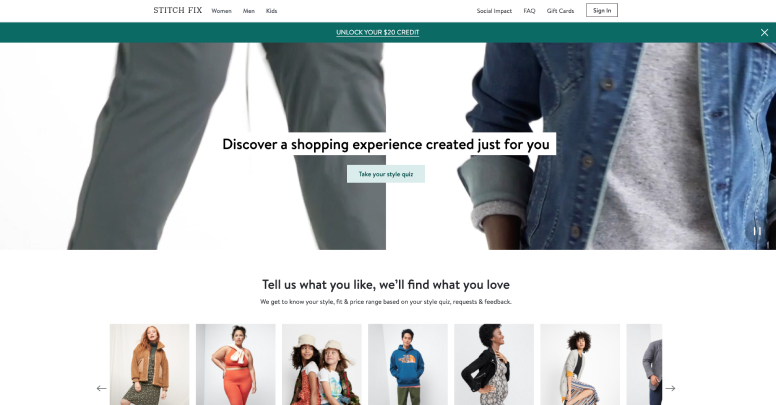
Future of Personalization in Ecommerce
Personalization is the balance between automation technology and the marketer’s emotional intelligence.
Merging digitization and personalization is the future of e-commerce, and brands that prioritize their customer requirements will only have an advantage at their hands.
Today, customers may hardly imagine an e-commerce website without some form of consumer engagement practice. Factors such as subscription services, personalized pricing and offers, AI, and machine learning showcase the future of personalization. It is suggested that personalization through subscription services will occupy the majority of space in the e-commerce market.
We live in an era of personalized technology, from applications to websites to products we use daily. UX design for customer experience is an ongoing process. Finding the right combination of personalization and optimizing it through repeated customer data analysis will help create solutions with maximum potential. It is only part of the path that brands slowly adapt to this practice to fulfil customer requirements.


